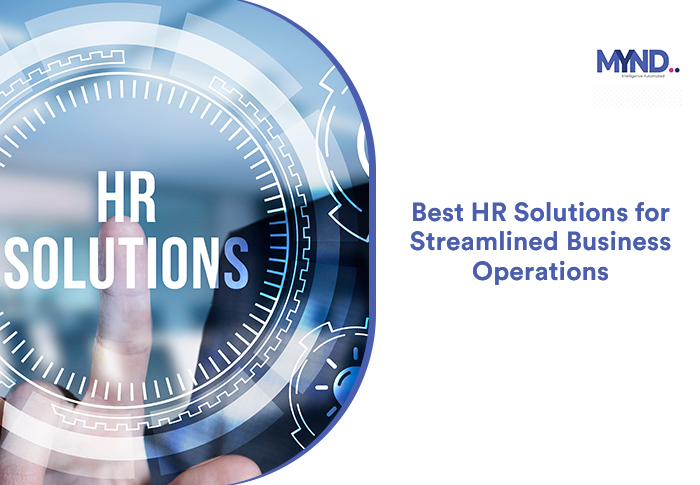How Shared Services Centers Drive Digital Transformation in Businesses
 |
| How Shared Services Centers Drive Digital Transformation in Businesses |
A shared services center (SSC) is an organisational unit that centralises and manages specific operational tasks, including accounting, finance, human resources, payroll, IT, legal, compliance, and security.
In order to ensure smooth client encounters,
businesses have been attempting to digitise their front ends in recent years by
managing their accounting and other processes effectively. Businesses are now
thinking about integrating IT infrastructure solutions to digitise their
back-office activities, which are often managed by shared services
center (SSC) firms, in order to increase the success of these
initiatives.
This blog post will discuss how shared services
centers drive digital transformation in businesses. In this, both direct and
indirect reasons for this drive will be talked about.
1. Direct Reasons
Data Consolidation
SSCs often consolidate data from various departments and systems, creating a centralized data repository. This makes it easier to ensure data consistency and quality.
·
They become the hub for master data management.
Data Governance
SSCs can enforce data governance policies and standards across the organisation, ensuring data security and compliance.
·
They can implement data quality checks and
validation processes.
Driving a Data-Driven Culture
- Data Literacy:
SSCs can provide training and education to employees on data literacy, empowering them to use data in their daily work.
This helps to foster a data-driven culture throughout the organization. - Collaboration:
SSCs can act as a central point of contact for data-related questions and requests, facilitating collaboration between departments.
They can work with different departments to understand their data needs and provide relevant insights.
Data Governance
SSCs can enforce data governance policies and standards across the
organization, ensuring data security and compliance.
They can implement data quality checks and validation processes.
2. Indirect
Foundation for Infrastructure
The adoption of new technology alone won't be the game-changer for a
model for shared
service center accounting or other domains that aims to increase
efficiency, lower costs, and spur innovation. The robustness of the
infrastructure assisting smooth technology integration is essential for
long-term company success.
Solution Framework
For technology to integrate seamlessly, a strategic solution framework is
required. In order to increase flexibility, reduce costs, and boost operational
efficiency through intelligent shared services automation and machine learning,
organisations are increasingly shifting to hybrid and multi-cloud models.
Integration Framework
An organised integration framework is necessary for shared services to function
as a whole. To do this, companies need to standardise data formats and
protocols for uniformity and establish a single communication layer across
several systems.
Enablement of Technology
The foundation of a robust automation plan is a well-chosen set of technologies
that enable smooth integration. This comprises:
Ensuring smooth system interaction across platforms and business units through cloud and API-driven integration
Improving decision-making and predictive analytics skills with AI and cognitive automation
Robotic Process Automation (RPA): Increasing productivity by automating repetitive, rule-based operations
Models of Service Delivery
The structure and delivery of shared services are being revolutionised
by automation. For increased agility, forward-thinking approaches integrate
digital labour with human knowledge. In order to choose outcome-based service
delivery, transactional duties must give way to proactive, value-driven service
models.
Roadmap for Implementation
The road map for a successful technology integration that minimises disturbance
and maximises value is provided by a clear implementation plan. It delineates
crucial stages, ranging from planning and evaluation to implementation and
ongoing optimisation, guaranteeing that shared services may develop into a
digitally enabled, future-ready model.
Human-Systems-Balanced Approach
Technology integration must have a
human-systems-balanced approach. User acceptance and seamless transitions are
guaranteed by an effective change management plan. It entails early employee
and leadership involvement as well as providing them with the necessary tools
to properly use new technology.
Metrics of Performance
Performance indicators should be a part of every successful implementation plan
in order to track progress and identify areas that require improvement.
Important metrics include user adoption rates to measure levels of engagement
and operational efficiency to evaluate process improvements and the effects of
automation.
All of these points prove how shared services
centers drive digital transformation in businesses.
Mynd Integrated Solutions can be the best solution
for shared service center outsourcing.
Driven by technological advancements and the
pursuit of world-class performance, Mynd's accounting and finance shared
service center delivers innovative solutions for complex financial and
accounting challenges. Leveraging technology and automation, it centralises
operational tasks and transactional issues, functioning as a dedicated,
multifunctional service unit. It creates processes tailored to specific
business needs, enhancing efficiency and adding value through the strategic
application of technology. Financial reporting and control are further
strengthened by concentrating specialised expertise within Centers of
Excellence (COEs).
Conclusion
In this post, it is covered how SSC drives this
kind of transformation in businesses by discussing data consolidation, data
governance, and other reasons.
Mynd Integrated Solutions offers an exceptional shared financial
services center, using advanced technology for complex problem-solving.
Their automated, centralised platform enhances efficiency, and their
specialised COEs provide tailored solutions to improve financial reporting and
control.



Comments
Post a Comment